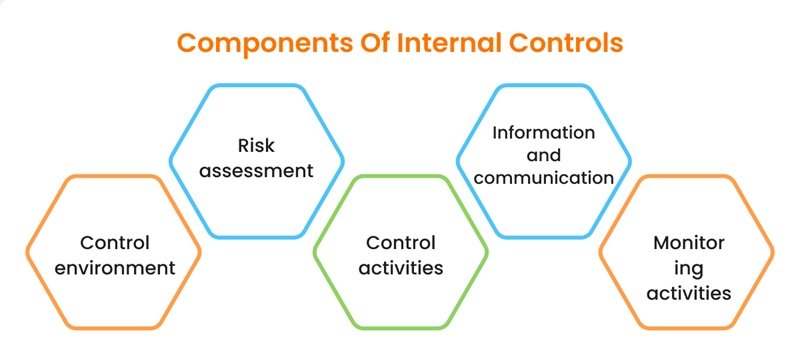Understanding the role of CPAs in risk management and internal controls is crucial for financial stability. As a trusted partner, you have the power to steer organizations away from potential pitfalls. Your expertise helps ensure that operations are not only efficient but also legally compliant. An accountant in Missouri City, TX, serves as a beacon of reliability for businesses looking to navigate financial complexities. You act as a guardian, identifying weaknesses and suggesting strategic measures. Through this vigilance, you help prevent fraud and enhance decision-making processes. Your role extends beyond simple calculations. It’s about building a secure financial future for organizations. By implementing strong controls, you protect assets and maintain integrity. This assurance fosters confidence among stakeholders. Your work creates a strong foundation for any enterprise aiming for long-term success. Embrace this responsibility, knowing that your skills make a significant difference in the financial health of the businesses you serve.
Why Risk Management Matters
Risk management is about identifying possible financial threats and setting up plans to handle them. You don’t just react to problems. Instead, you anticipate and prepare for them. This proactive approach minimizes financial losses and builds trust with clients and employees. Ensuring accurate financial reporting and compliance with accounting standards keeps the organization on solid footing. Unchecked risks can lead to financial instability and loss of stakeholder confidence. By maintaining a keen eye on potential hazards, you contribute to the organization’s resilience.
The Importance of Internal Controls
Internal controls are the processes and procedures that help your organization run smoothly. They ensure that financial transactions are accurate and authorized. These checks and balances prevent errors and fraud. By maintaining detailed records, you help your organization meet legal obligations. According to the U.S. Government Accountability Office, effective controls are vital for ensuring the integrity of financial and accounting information, promoting accountability, and preventing misuse of resources. Implementing these systems reduces the risk of damaging financial missteps.
Steps to Improve Risk Management and Internal Controls
- Identify Risks: Begin by understanding the risks that could impact your organization. This might include financial, operational, or compliance-related issues.
- Evaluate Existing Controls: Assess current controls to determine if they adequately address identified risks.
- Implement Improvements: Based on your assessment, make necessary improvements to strengthen weak areas.
Effective Solutions for Common Risks
Addressing common risks requires practical solutions. Here’s a comparison of traditional and modern approaches:
| Risk | Traditional Approach | Modern Approach |
|---|---|---|
| Data breaches | Manual record-keeping | Secure digital databases with encryption |
| Financial fraud | Regular audits | Continuous monitoring with AI tools |
| Non-compliance | Physical compliance checks | Automated compliance software |
Continuing Education and Training
The financial landscape is always changing. Staying updated with new regulations and technologies is essential. Continuing education equips you with the skills needed to adapt to these changes. Organizations like the American Institute of CPAs offer resources and training to help you stay informed. Engaging in regular training ensures you remain a valuable asset to your organization, capable of navigating new challenges with confidence.
Conclusion
Your role as a CPA in risk management and internal controls is vital. By proactively managing risks and maintaining strong controls, you protect your organization’s financial health. This dedication builds trust and secures a future of stability and success. Remember, your skills and knowledge make a real difference. Continue to embrace new learning opportunities, and remain vigilant in your work. Your efforts are not just numbers on a page. They are the foundation of a thriving, trustworthy organization.












